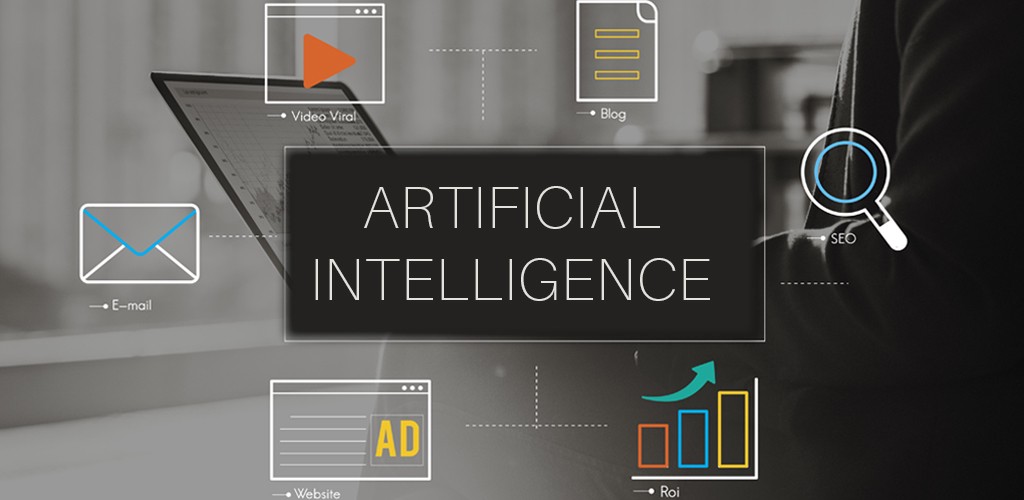
Advantages of Crafting a Web Application With MEAN Stack
Incorporating smart development projects within your project is what gives you an indirect business advantage over your competitors. This requires accurate and experienced knowledge of frameworks which help you establish the best development routines using which you can upscale and improvise to the best in regard to your outputs and ever-evolving demands. Prolonged development routines in MEAN stack can help you accomplish the most sophisticated strategies for your applications in today’s period.
Association with brands like Groupon, Uber, GoDaddy, Skycatch, Netflix, Paypal, etc makes it quite evident of the fact that node.js is capable of delivering some exceptional standards for any organization at any stage. It is a well-suited event-driven web application that can establish a stable connection from server to user and back. This has helped application developers maintain some great standards for real-time applications. As one of the top MEAN stack development company we at BrainMobi have made extensive use of the platform and have developed some highly successful web applications for various startups and industry verticals.
Highly Adaptable For Developers

Node.js offers a fairly lower learning curve and is a pretty adaptable platform for web application developers out there. It lets you avail the benefit of sharing the same language both on client and server sides. It also eliminates the necessity of switching from both backend and front end and requires fewer developers compared to any other language. Node.Js along with its presence in Mean Stack delivers all the essential benefits of full stack development such as enhanced productivity, ability to share or reuse the code, as well as good communication and clarity within the team. Thus the overall quantity of the javascript code in such applications requires fewer files compared to other languages on the frontend or backend used. Experienced and skilled engineers thus employ this to reduce the amount of code, have fewer risks and gain engineering speed.
Faster Development
Besides letting you have a faster outcome on the part of the product, the speedy development routines of Node.Js also has helped several organizations and startups optimize their strategies. The technology is very lightweight and comes with plenty of inbuilt tools to accelerate development speed. The NPM registry offers various libraries and solutions that can create produce more results with a comparatively lesser amount of effort. Beyond this, the reusable components help reduce the size of your application and negate a number of bugs that help reducing marketing time shorter. Language consistency on server and client sides not only reduces the amount of effort but also reduces a considerable amount of time as well.
Scalability
The scalability features of Node.Js are one of the key features that attract the eyes of startups and budding organization. Considering its lean and lightweight structure, it is the pick of the platforms for microservice applications which in turn ensures better flexibility. Its specialty lies in the fact that it breaks the app logic into smaller modules which in turn allows developers to add more modules to the existing ones instead of stacking all of them into one large monolithic core. The Docker is also one main reason why several companies pick node for developing and launching microservice solutions after which they can implement other related technologies. Node applications support vertical as well as horizontal scaling.
Rich Echo System And Solid Community Support

Node.Js comes with a default Node packager module known as the default node package manager that also works as a huge database for free javascript tools. It currently boasts over 475,000 packages available in the registry with over 11,000 tools published weekly. All of this contributes to the overall cost of development and the applications time-to-market. On top of which, several leading companies like Microsoft, IBM, SAP, Fidelity, and several others have joined node.js as its founding members. As of yet, the community counts over a thousand individual contributors besides the 300 startups and other well-established companies that are using them. All of it makes it a mature and well-tested tool that attracts the eyes of developers and team leaders for various kinds of purposes.
Reduced Response Time
The single threaded event loop model of Node.Js enables it to handle a larger number of concurrent user requests without creating more threads and thereby employing fewer resources. The non-blocking asynchronous structure enables developers to create real-time applications with enhanced responsiveness and smooth performance. This technology stands to its credit when it comes to showing off its efficiency and adaptability while handling immense volumes of mobile traffic and distributing the load efficiently to prevent it from crashing.
As one of the Best MEAN Stack Development Company, BrainMobi has undertaken a lot of quality projects requiring the technical brilliance of the framework and our developers have always stood up to the standards. Thanks to our extensive amount of research, our analysts shall be easily able to sketch the shortest and smartest route to any node.js project requirement. If you got the idea for a web or mobile application, kindly write to us at sales@brainmobi.com.








 CRM (
CRM (








 Content marketing can be basically defined as one of the most strategic approaches for marketing which is specifically focused on the creation and the distribution of several valuable, reliable, relevant contents in a consistent manner in order to attract some clear audiences and also to retain them so that the customer action can become more profitable for the business. Compared to the traditional methods of marketing in which the companies would only thrust the products and brands they had to consumers, the content marketing is basically dependent on the techniques of inbound and pull marketing in which the companies would be offering you more relevant, beneficial and also insightful information to the audience and that too for no extra cost.
Content marketing can be basically defined as one of the most strategic approaches for marketing which is specifically focused on the creation and the distribution of several valuable, reliable, relevant contents in a consistent manner in order to attract some clear audiences and also to retain them so that the customer action can become more profitable for the business. Compared to the traditional methods of marketing in which the companies would only thrust the products and brands they had to consumers, the content marketing is basically dependent on the techniques of inbound and pull marketing in which the companies would be offering you more relevant, beneficial and also insightful information to the audience and that too for no extra cost. Also Read:
Also Read:  Humans are visual creatures and don’t think that how your website looks don’t matter. The presentation of a website is an important part of UX design, one that shouldn’t be neglected. Keep in mind that your website is a means of communication between yourself and your potential clients. Why not make this channel as pleasing as possible?
Humans are visual creatures and don’t think that how your website looks don’t matter. The presentation of a website is an important part of UX design, one that shouldn’t be neglected. Keep in mind that your website is a means of communication between yourself and your potential clients. Why not make this channel as pleasing as possible?  Annoyance is perhaps a bit crude of a term, but it’s perfect to describe what you don’t want your visitors to feel when they visit your website. Namely, think of the things that would annoy you if you were to visit a certain website. Then, think about whether any such elements are present in your own thing. For example, we already mentioned how short our attention spans are. But, your content matters here as well. Sales language, too many calls to action, just forcing your user to do things in general, all of these things are not going to be received warmly. Try not to sound like an aging used-car salesman as well. Present people with clear, actual facts about your services and products.
Annoyance is perhaps a bit crude of a term, but it’s perfect to describe what you don’t want your visitors to feel when they visit your website. Namely, think of the things that would annoy you if you were to visit a certain website. Then, think about whether any such elements are present in your own thing. For example, we already mentioned how short our attention spans are. But, your content matters here as well. Sales language, too many calls to action, just forcing your user to do things in general, all of these things are not going to be received warmly. Try not to sound like an aging used-car salesman as well. Present people with clear, actual facts about your services and products.




